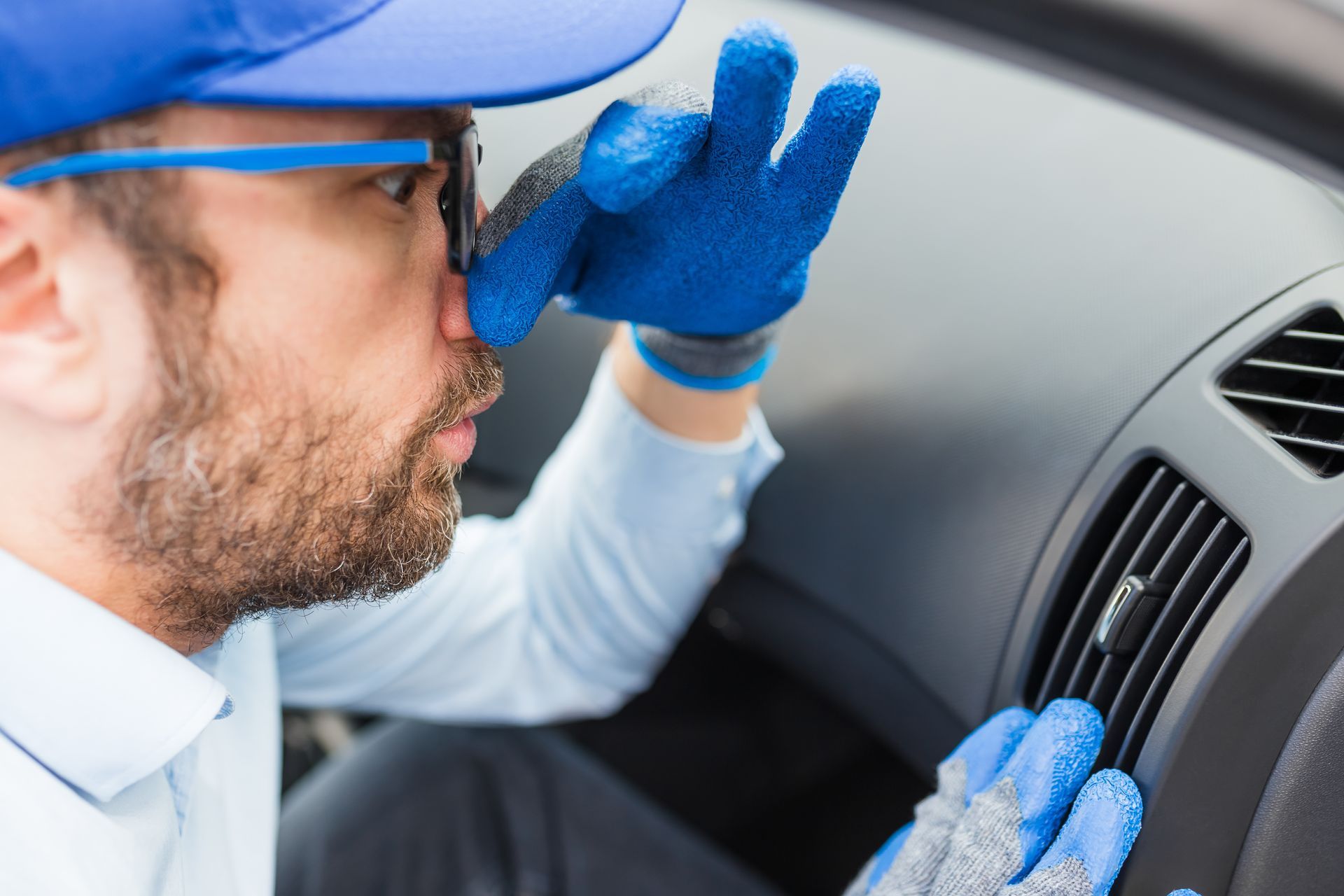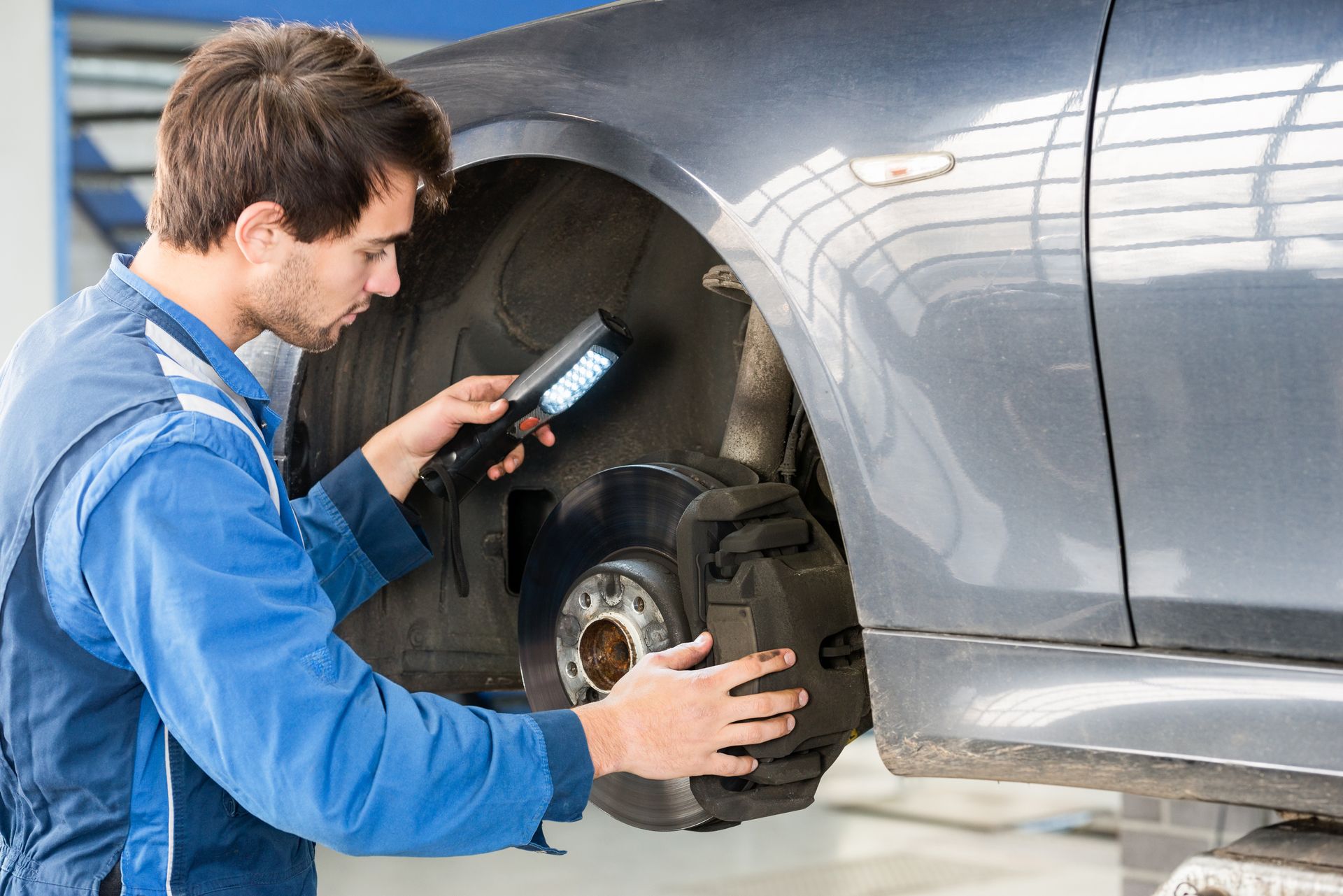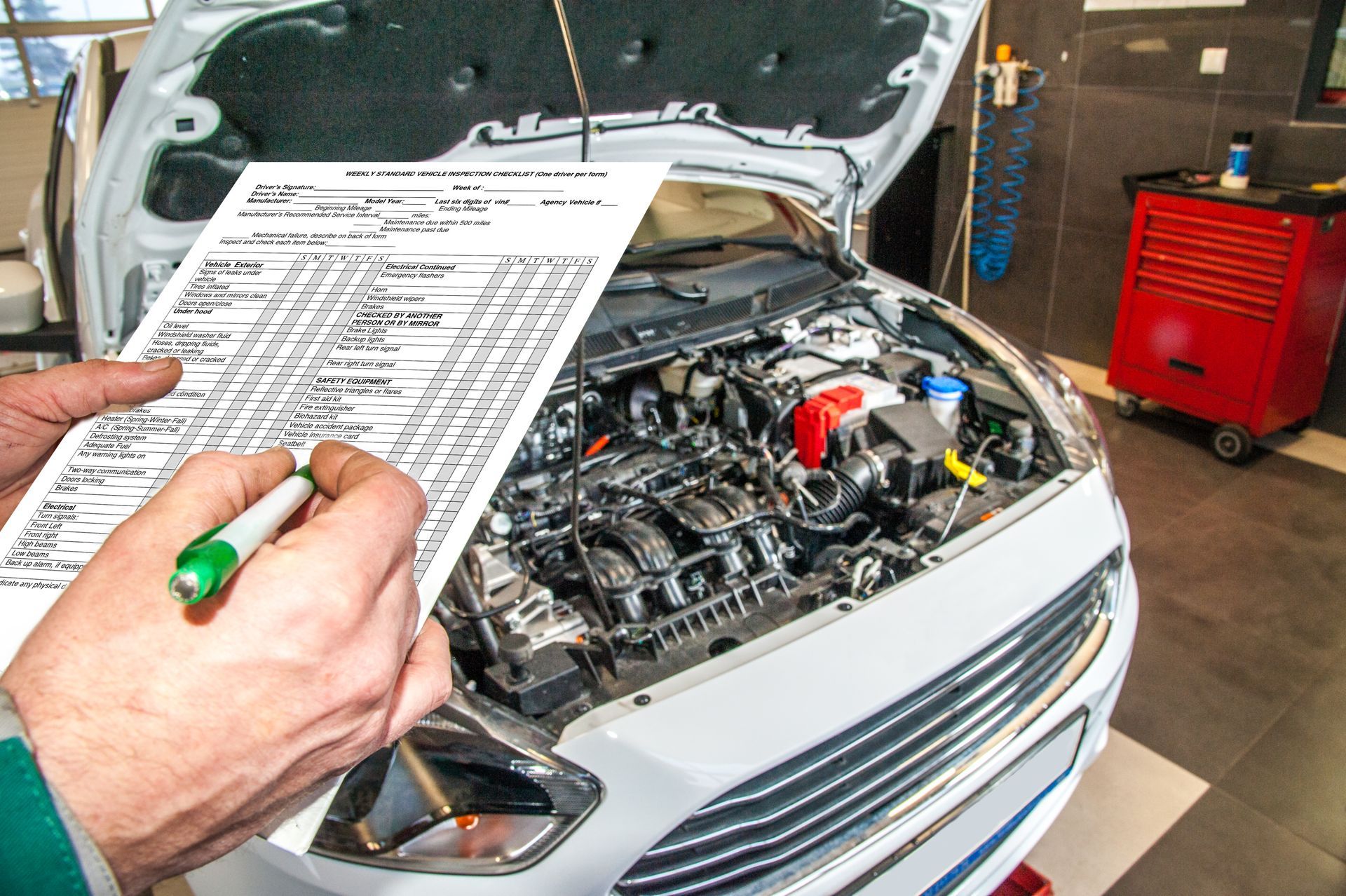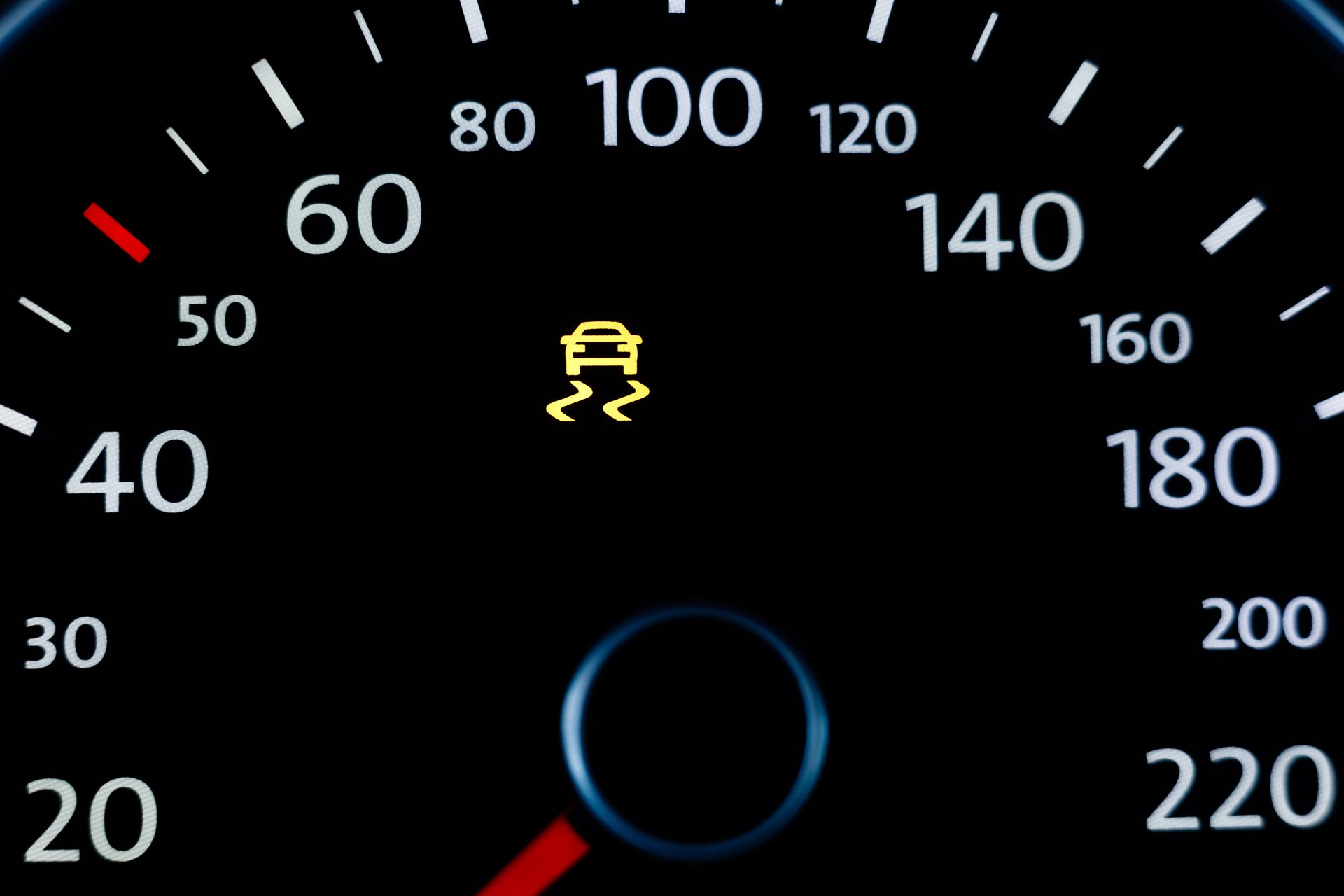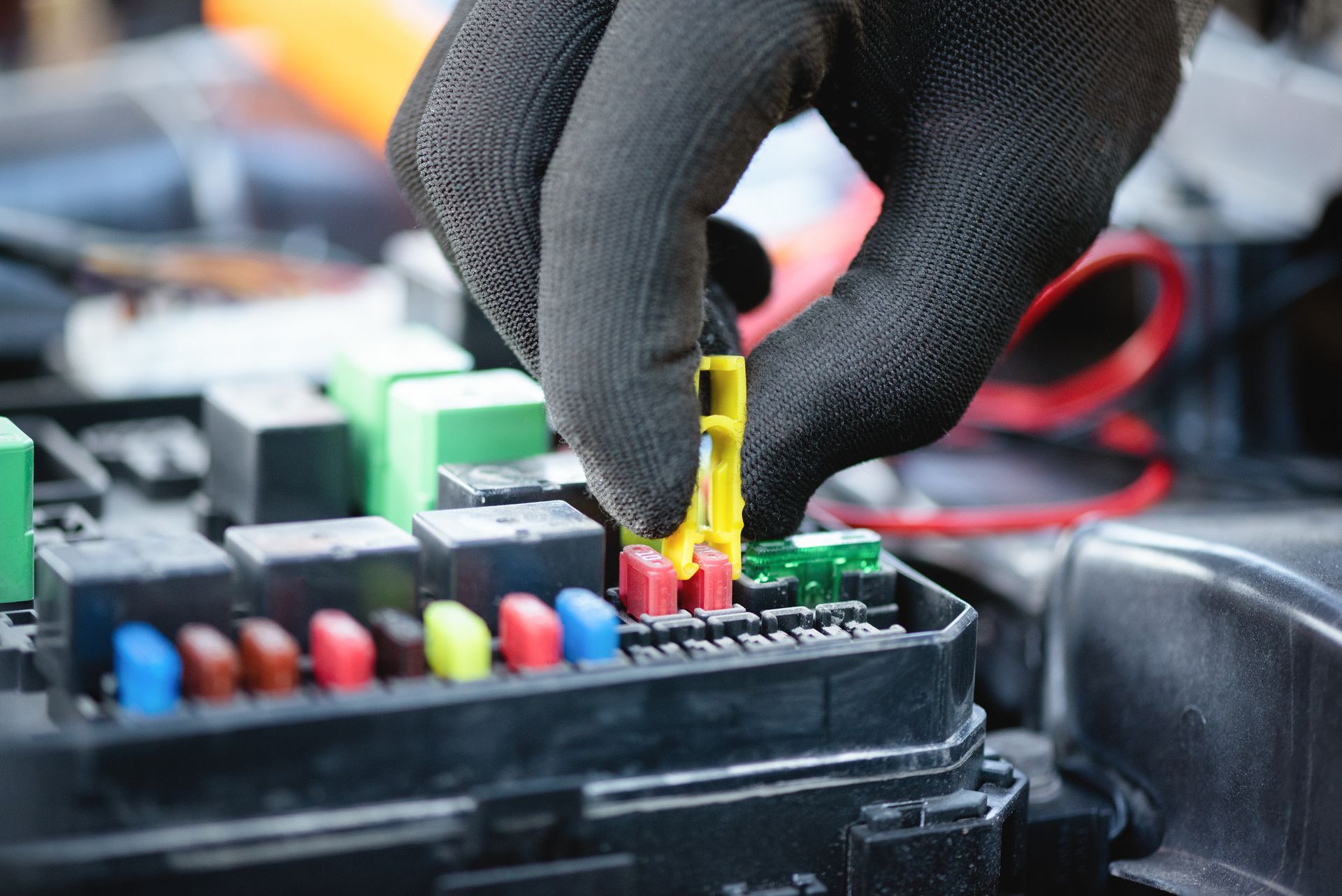A blown head gasket is one of the most serious problems a car engine can face. Not only is it costly to repair, but if left unaddressed, it can lead to complete engine failure. Recognizing the warning signs early can help you avoid further damage and catch the issue before it becomes catastrophic.
The head gasket forms a seal between the engine block and the cylinder head, keeping coolant and oil in their respective passages while allowing combustion gases to flow properly. When this seal fails, fluids mix or escape, leading to a range of engine issues. Here’s how to tell if your engine’s head gasket might be blown.
1. White Smoke from the Exhaust
One of the most common signs of a blown head gasket is thick, white smoke coming from the exhaust pipe. This happens when coolant leaks into the combustion chamber and burns off during engine operation. The smoke may have a sweet smell due to the antifreeze content.
If you notice white smoke that persists even after the engine warms up, especially with a sweet odor, it’s time to have the engine checked. Prolonged exposure to coolant in the combustion chamber can cause further damage to pistons, spark plugs, and catalytic converters.
2. Milky or Discolored Oil
When coolant and oil mix, they form a thick, milky substance that resembles a milkshake more than clean engine oil. This is often visible on the underside of the oil filler cap or in the dipstick tube.
Milky oil is a clear indicator that the head gasket is no longer sealing properly, allowing coolant to leak into the oil passages. Driving in this condition is dangerous, as diluted oil can’t properly lubricate the engine’s internal components.
3. Overheating Engine
A failing head gasket disrupts the cooling system by allowing coolant to escape or introducing air pockets that prevent proper flow. This leads to engine overheating, especially during prolonged drives or when carrying heavy loads.
An overheating engine is a major red flag. Repeated overheating can warp the cylinder head and increase the chances of additional leaks or failures. If your temperature gauge is rising unusually high or you see steam coming from the hood, pull over and let the engine cool before seeking assistance.
4. Loss of Coolant with No Visible Leak
If you find yourself frequently topping off coolant without finding a visible leak, the coolant may be leaking internally due to a head gasket breach. Since the fluid is escaping into the combustion chamber or oil system, there won’t be any drips on your driveway.
Unexplained coolant loss should never be ignored. It could point to a head gasket issue or another internal coolant leak that requires immediate attention.
5. Rough Idle and Poor Engine Performance
A compromised head gasket can allow combustion gases to escape or enter adjacent cylinders. This disrupts the engine’s normal firing sequence, causing misfires, rough idling, and noticeable power loss.
You may feel shaking at idle or hesitation during acceleration, or the check engine light might turn on. These symptoms can also be caused by other issues, but when combined with the previous signs, a blown head gasket becomes a likely suspect.
Diagnosing and Repairing a Blown Head Gasket
Confirming a head gasket failure requires testing. We can perform a compression test, chemical block test, or inspect for exhaust gases in the coolant to determine whether the gasket is compromised.
Repairing a blown head gasket is complex and labor-intensive, often involving the removal of the cylinder head, surface machining, and gasket replacement. That’s why catching the problem early can sometimes save the cylinder head or block from additional damage.
Schedule Engine Diagnostics at Matics Auto Repair in Port Charlotte, FL
If your car is overheating, losing coolant, or showing any of the symptoms above, don’t wait for the damage to spread. Our team can perform precise diagnostic tests to determine whether your head gasket is still intact and recommend the right solution to protect your engine.
Call
Matics Auto Repair in Port Charlotte, FL, to schedule an engine inspection and keep your car running safely and reliably.


